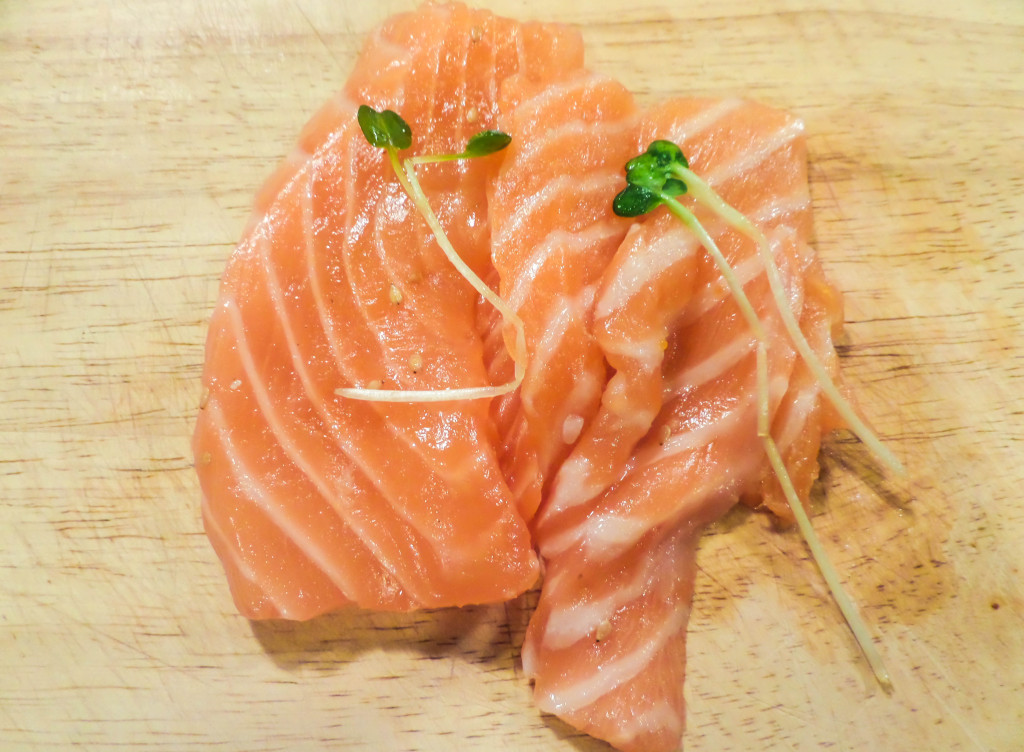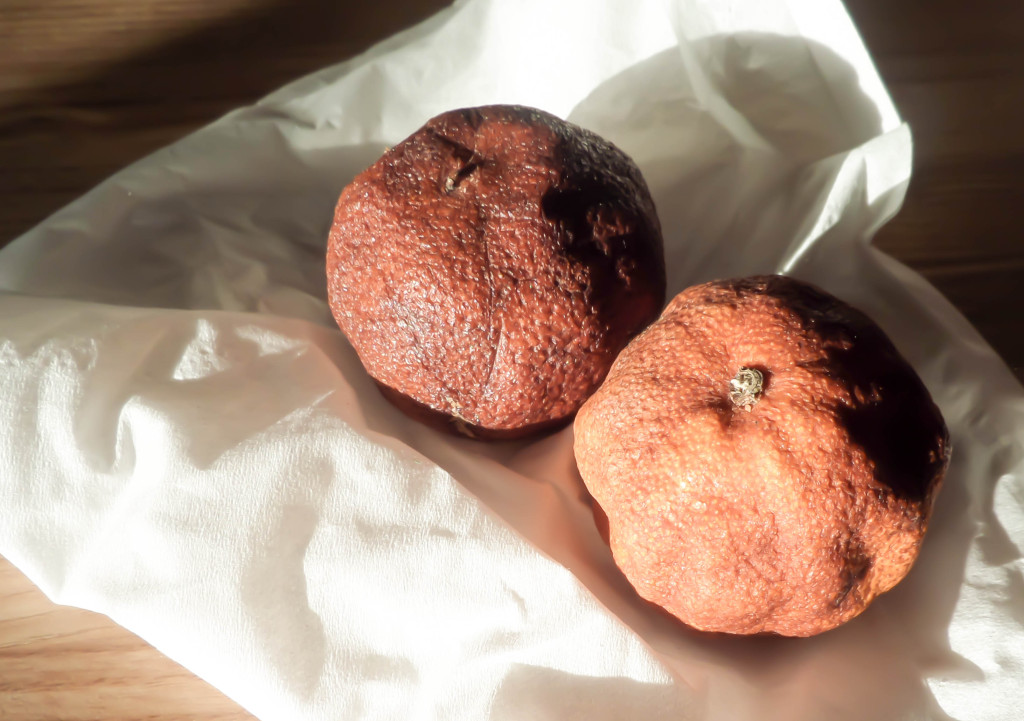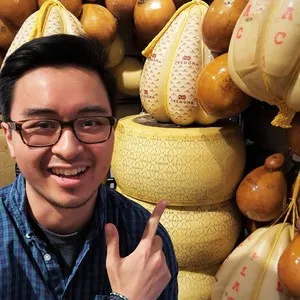When you’re grocery shopping you’re probably looking for the freshest ingredients. Are the apples you’re buying organic? How many days has that piece of fish been there? Was that piece of beef butchered today? These are probably a couple of the things the typical shopper will probably be asking.
You’ll be surprised to learn that many of the best chefs and restaurants don’t actually look for the stereotypical fresh-looking ingredients. For the everyday consumer this would seem completely odd and against everything that we’ve been taught. You’re normally looking for produce without any blemishes, seafood that doesn’t smell fishy and beef without any funky looking mold growing on it. So why the heck would chefs use ingredients that aren’t fresh? They obviously know something we don’t.

Photo by Sharon Woo
Everyone is looking for that perfect steak — that single bite that’s so tender, so beefy, so buttery all at the same time. For me this revelation of what a steak could be occurred when I ordered the porterhouse at Peter Luger’s Steakhouse in Brooklyn. Obviously being the obsessed foodie I am, I had to know what their secret was. So I’m gonna spill the beans, pause for dramatic effect, the beef was dry-aged.
Alright so it’s not really a secret, a lot of restaurants are doing it now, but honestly this makes the biggest difference in the world. When a piece of beef is dry-aged it is kept in a really controlled environment in which the humidity and temperature are kept at specific conditions to allow for the beef to develop the optimal flavor while also allowing the natural enzymes of the beef to break down the tough tissue and fibers in the meat. During this time the beef loses a lot of moisture causing the beef flavor to become more concentrated; it even develops nutty qualities unique to a dry-aged piece of beef. Restaurants will never actually tell you the amount of time they age their beef, but it commonly ranges anywhere from thirty days to sixty days, but you never know — restaurants probably age it for even longer.
So I guess I don’t have all the secrets for you, but I’m telling you, go and find a restaurant serving dry-aged beef because after you take your first bite you’ll be spoiled for the rest of your life.
Is Your Sushi Really that Fresh?

Photo by Sharon Woo
From your one-biter nigiri to the masterfully cut pieces of sashimi, you want the freshest possible fish on your sushi right? Maybe not. Everyone thinks that the best way to experience sushi is at the peak of freshness. For most this would mean the fish is straight out of the water and served almost immediately. What you’ll be surprised to find is that for a lot of restaurants this is actually not the case at all.
For high-end restaurants lauded for their sushi it’s more about how quickly your fish goes from the ocean straight to the freezer. Most raw fish is actually frozen, like cryogenically frozen – so like Mr. Freeze cold, beforehand to kill off any parasites. The best quality fish is frozen almost immediately to prevent rigor mortis, the stiffening of the muscles in the fish. Not until after your fish is defrosted does it actually set in. So you could be eating fish that’s been frozen for weeks and still be fresher than the stuff straight from the sea.
For a lot of chefs they actually let their fish age for days to even a couple of weeks depending on the fish. A lot of the time the texture of the fish is just rubbery if served too early. Another reason for aging is that the flavor of the fish actually develops over time and because of this you’ll actually be able to taste the nuances of the fish you’re actually eating in your sushi.
The Secret Behind the Best Restaurant in the World

Photo by Sharon Woo
Chef René Redzepi is known for his extreme form of foraging – literally going into the fields of his home of Denmark to gather his produce. His philosophy of cooking aims to preserve the traditional techniques found throughout Nordic cuisine while limiting himself to using ingredients that are native to Denmark. Redzpi’s restaurant Noma, located in Copenhagen, has been named the best restaurant in the world in 2010, 2011, 2012 and 2014. So why has Noma received so much high regard recently? Is it because of the food? Is it because of the philosophy that they instill in their kitchen? I’m thinking it’s a little of both.

Photo by Sharon Woo
Redzepi’s philosophy is truly unique in that while most would probably opt to use vegetables and ingredients that everyone can easily recognize, he commonly uses the unusual, the produce and vegetation that are thought of more as weeds or scraps of what was left over. A staple in his dishes is the use of the weed sorrel also known as sour grass. It is found everywhere throughout the world but is underutilized because of its notion of being a weed. Extending to this, he uses things like moss to even using vegetables and fruits that others see as either rotten or under ripe.
An example of his devotion to using these types of ingredients is in a dish where he utilizes a rotten carrot. The carrot itself was found during the winter months and was far past its prime having basically been forgotten in the icy farm fields. It had developed a deep blue and purple color and would never be something you’d ever want to pick up in your local produce section. At Noma, this leftover carrot is transformed and exudes flavors that wouldn’t have been experienced in its traditional fresh state.
He truly challenges the diner because he wants you to experience something that is against the status quo of using the freshest and best ingredients. He utilizes the undervalued and it has clearly paid off.


